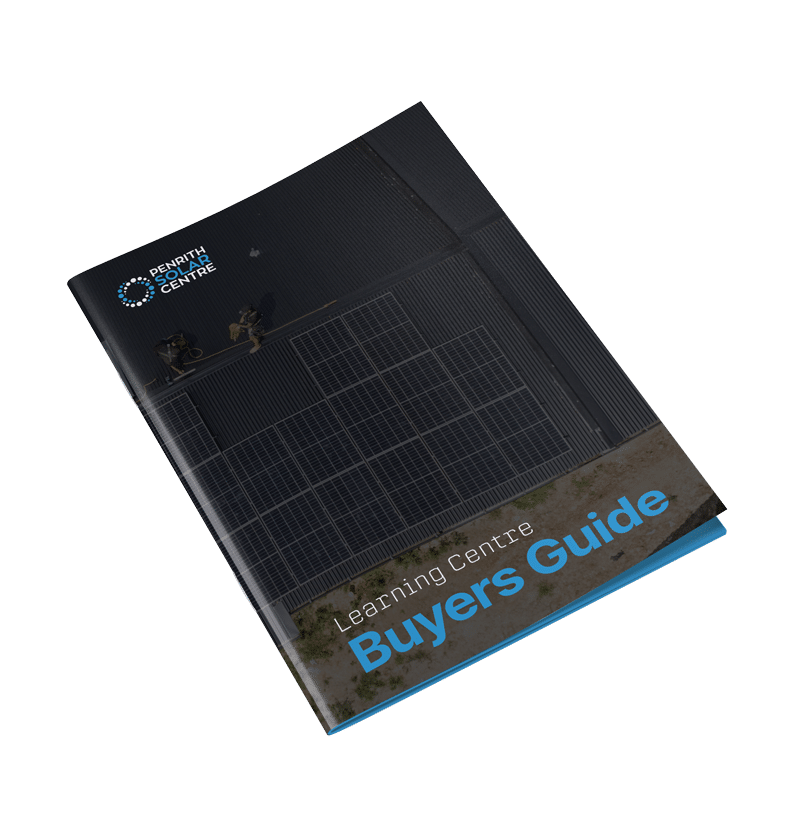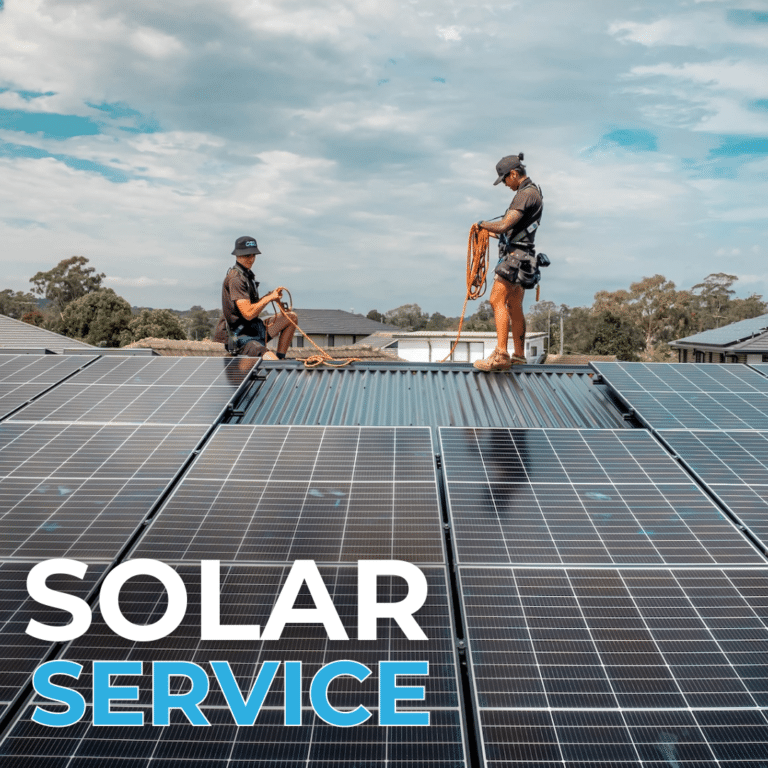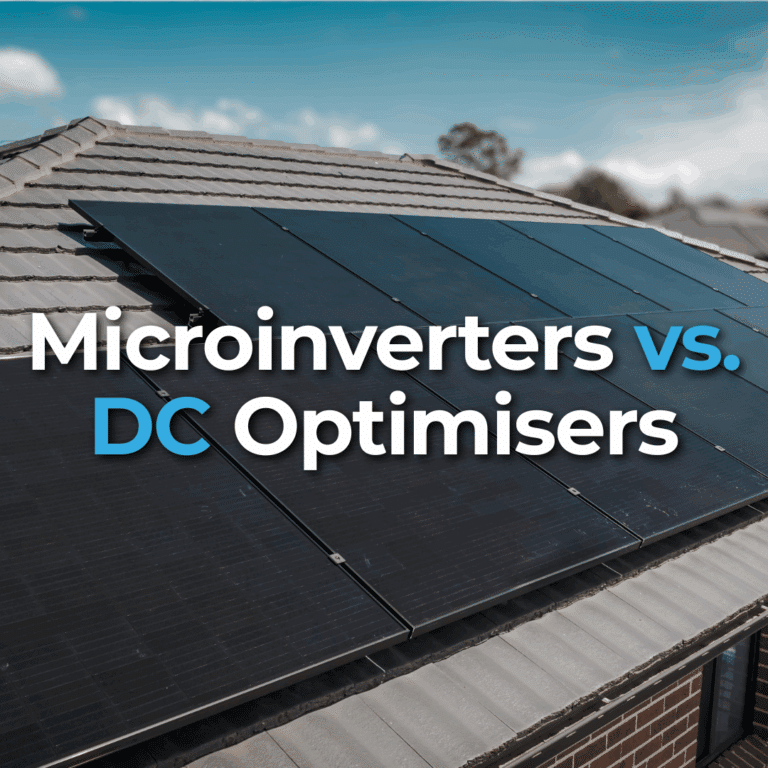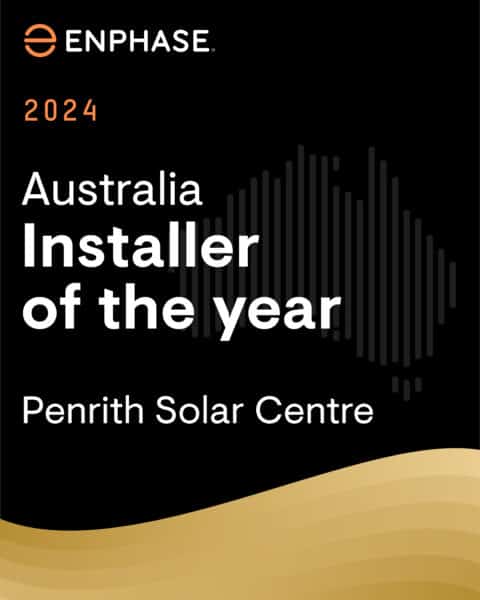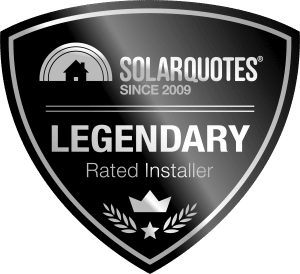
Updated on July 29th, 2025
What is the amount of electricity you can export to the grid from your solar system? This question comes up eventually on your solar journey.
It’s a multi-layered question that includes some of the following questions:
- Where do you live?
- What are your solar energy goals?
- And what are the restrictions in place from your local DNSP (Distribution Network Service Provider)?
At PSC Energy, we work with all three DNSPs in New South Wales. We know the ins and outs of each provider, and we design solar solutions for you, customised according to their export rules and limitations.
We’re here to maximise your solar savings and bring Australia to Net Zero by 2050, all while remaining within the limitations of the electrical grid.
In this article, you will learn:
- What Are Export Limits?
- Why Do Export Limits Exist?
- How Many kW Can I Export to the Grid?
- Details About and Links to Each DNSP in NSW
By the end of this article, you’ll have a better understanding of why we make some of the suggestions around the design of your solar system.
What Are Export Limits?
It’s the amount of electricity your solar system can export to the grid for a feed-in tariff.
At PSC Energy, we think of an export limit for your solar system as a simple equation. The total energy you produce at any given time minus the energy used by your home will give you a leftover amount of energy to potentially sell back to the grid for a feed-in tariff.
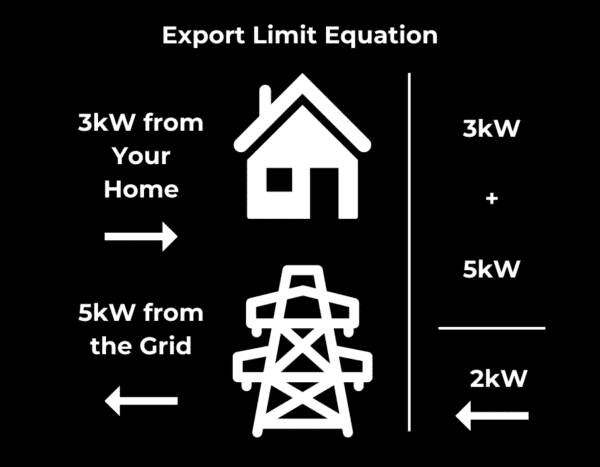
Why Do Export Limits Exist?
Export limits exist so homes with solar that are exporting electricity to the street won’t overload the grid. It’s our responsibility as installers and customers to refrain from overstraining the grid and to keep it balanced.
When your home is connected to the electrical grid, you deal with two companies: the energy distributor and the energy retailer.
The energy retailer is the one who bills you, and we’re not too interested in them for the purposes of this article.
We are, however, very interested in the DNSPs (Distribution Network Service Provider).
In New South Wales, there are three DNSPs responsible for operating the infrastructure that delivers electricity to your home (the grid). Each DNSP is a monopoly that regulates the distribution of electricity in a region.
Ausgrid, Essential Energy, and Endeavour Energy are the three DNSPs.
- Ausgrid is the eastern part of Sydney and extends to Newcastle.
- Endeavour Energy covers the western suburbs around Sydney and extends south beyond Wollongong.
- Essential Energy is the DNSP for the rest of New South Wales.
These electrical grids were designed and built years before solar spread across Australia. The architects of these monuments of engineering did not design them for electricity to flow backwards from the home back to the grid (even though it totally can because it’s an alternating current system).
This is especially true when there are many solar systems feeding electricity back into it.
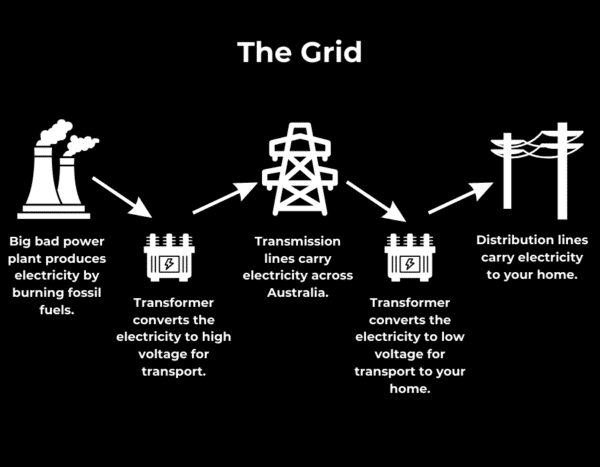
It’s a bit more fragile than most people realise, which is why we get blackouts and brownouts whenever the weather upsets it.
What you’ll find is that during peak export times when solar is producing the most (between 10 am and 2 pm as a rule of thumb, but that’s just an estimate), that’s when the grid needs limitation the most.
30% of homes exporting their energy into the grid would overwhelm it. It’s just not built to receive that much electricity from residences.
If you’re interested in learning more about the three DNSPs in New South Wales, you might want to check out the following article titled, Energy Distributors vs. Energy Retailers: What’s the Difference?
How Many kW Can I Export to the Grid?
The answer to this question is: it depends.
Each DNSP has different requirements. But how much you can export also depends on the size of your solar system. How much electricity is it producing? And how much is left over after feeding the loads in the home?
The limits are different depending on whether you have a single-phase or a three-phase connection.
Let’s say you’ve got a 10 kW single-phase system installed. And for the sake of this example, let’s say that it’s producing exactly 10 kW because it’s a very sunny day in the summertime.
Your home is only using 2 kW, which means that your system wants to export 8 kW to the grid.
Unfortunately, single-phase systems generally have an export limit of 5kW (except for Ausgrid, but we’ll get into that in the next section). When you try to export 8 kW, the grid says no.
Your solar installer will program the inverter with the maximum amount of electricity that it can send to the grid at a given time.
If your solar wants to produce 10 kW and you have self-consumed 2 kW, the inverter will instantly ramp down to 7 kW, so the total amount of exported electricity equals 5kW.
7kW are generated, 2kW are self-consumed, and 5kW are exported to the grid.
This process is similar to a three-phase setup as well.
For three-phase homes and businesses, the export limit could be as high as 30kW. Some homes might struggle to export up to 30kW, but many commercial installations for businesses (like 100kW jobs) will handily reach this limit by lunchtime.
Again, there are many variables that will dictate the export limits of a property.
If you’re interested in learning a bit more about what a single-phase or three-phase connection means, you might want to check out the following article titled, Single Phase vs. Three Phase: How Are They Different?
Details About and Links to Each DNSP in NSW
As mentioned earlier, there are three major Distributed Network Service Providers (DNSPs) servicing New South Wales: Ausgrid, Endeavour Energy, and Essential Energy.
These DNSPs have a process where your connection will be automatically approved if it meets certain requirements (system size/capacity).
Also, size limits prescribed by networks may not necessarily be set in stone. It’s possible to get a larger system approved for your home; you just need to be willing to navigate red tape and put up with longer wait times, not to mention extra fees.
Rooftop solar for homes and businesses typically follows this installation process:
- Your solar installer submits the application to the DNSP.
- The DNSP reviews the application for approval.
- Once approved, your installer does what they do and installs a solar system on your roof (and possibly a battery in a cool, dry place).
- Finally, you organise a meter upgrade with your energy retailer.
Here are the solar system sizing rules for each DNSP in NSW:
Ausgrid
Ausgrid counts export limits by “phase.” You are allowed to export up to 10kW per phase on their network.
Single-phase: 30 kW inverter limit, 10 kW export limit.
Three-phase: 30 kW inverter limit, 30 kW export limit.
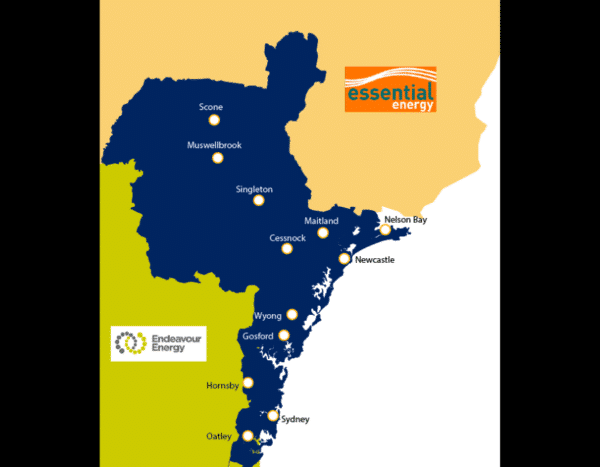
There is a catch with Ausgrid when it comes to solar batteries. The export limits for each phase are determined by inverter capacity, which includes the inverter in the solar battery.
Therefore, the amount of power a battery can export counts towards the export limit. Which, if you think about it, makes sense: the battery and solar combined will be working together on one phase at a time.
For a Tesla Powerwall 2, which can export 5kW of continuous power, those 5kW count towards the total amount of power per phase. That means an additional 5kW comes from the solar for that phase.
For more detailed information about Ausgrid, check out their webpage about it titled, Connecting solar, batteries and other embedded generation.
Endeavour Energy
Single-phase: 10 kW inverter limit, 10 kW export limit.
Three-phase: 30 kW inverter limit, 15 kW export limit.
Battery inverters do not count towards the phase inverter limit.
Please note: It’s important to know that you can apply to Endeavour with something called a special Permission to Connect. We ask on behalf of our customers for connection of more inverter capacity and higher export limits. Whether you’re approved depends on where you live and the condition of the grid in your neighbourhood.
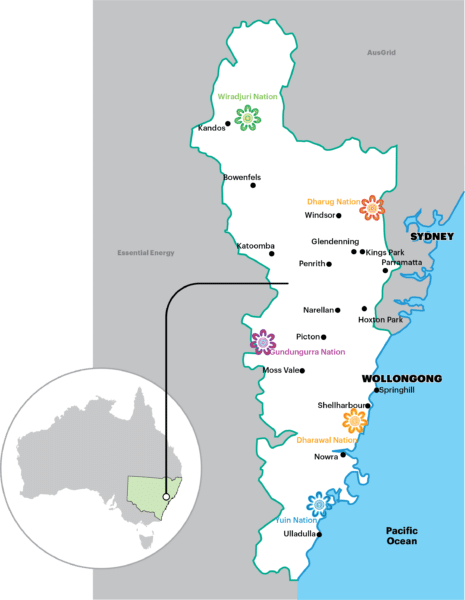
Now, just because there’s a 5kW export limit, that doesn’t mean you need a 5kW system to be within Endeavour’s regulations. If we install 10kW on a single-phase home, we will then program the export limit to 5kW.
For more detailed information about Endeavour Energy, check out their corresponding webpage titled, Connect a solar system.
Essential Energy
Single-phase: 10kW inverter limit, 5 kW export limit.
Three-phase: 15kW inverter limit, 5 kW export limit.
Rural areas: 3 kW inverter/export limit per phase.
Battery inverters do not count towards the phase inverter limit.
While there’s no inverter limit listed on Essential’s website, you should speak with a solar expert about your inverter considerations (especially if you’re installing a battery as well).
Again, please note: It’s important to know that you can apply to Essential with something called a special Permission to Connect. We ask on behalf of our customers for connection of more inverter capacity and higher export limits. Whether you’re approved depends on where you live and the condition of the grid in your neighbourhood.
This is especially necessary with Essential energy through regional NSW. The grid is fragile in less populated areas, and most installations require a special Permission to Connect. Approvals depend on the stability of the grid, and custom approvals are common.
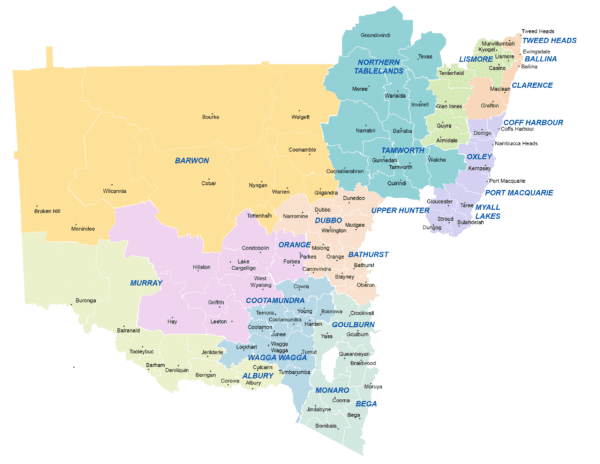
This is pretty straightforward in more populated areas of Essential Energy: 5kW export limit per phase.
However, the rural areas’ limits are the big standout difference with this provider. Because they cover such an expansive area, there are hard limits on how much strain the grid can take in remote communities.
For more information about Essential Energy, check out this post about export limits through them titled, Changes to our embedded generation connection application approval process.
Power You Feeling About Export Limits?
Now that you understand what export limits are, you’re better equipped to have a conversation with your installer about how your solar system interacts with the grid.
Each DNSP in NSW has its own export limits, making wherever you live part of the conversation about designing your solar system for your unique energy needs and goals.
At PSC Energy, we work with all three DNSPs because we install solar systems across New South Wales. We listen and learn from you as we work together to find a customised solar solution for whatever your goals might be.
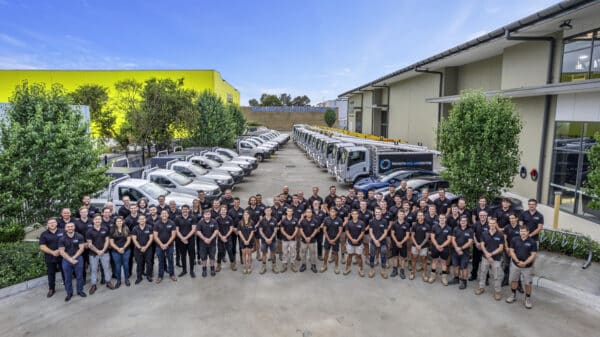
If you’re interested in learning a bit more about solar panels and energy systems, you might want to check out the following article titled, Are Solar Panels Worth It in NSW, Australia? A Price Breakdown for 2025.
FAQ: Export Limits
What are solar export limits in NSW?
Solar export limits in NSW refer to the maximum amount of electricity your solar system can send back to the grid. This is measured in kilowatts (kW). Your local DNSP (Distribution Network Service Provider) sets this limit to protect the grid from being overloaded. The limit varies depending on your location, your system size, and whether your home is single-phase or three-phase.
Why do export limits exist for solar systems?
Export limits exist to prevent the electrical grid from becoming unstable. The grid was not originally designed to handle large amounts of electricity flowing back from homes with rooftop solar. Too many systems exporting at once—especially during sunny periods—can cause voltage issues, blackouts, and equipment damage. Export limits help keep everything running safely.
How much electricity can I export with a single-phase solar system?
In most of NSW, a single-phase solar system has a 5kW export limit. That means even if your system generates more than 5kW, only 5kW can be sent to the grid at any time. Any excess is either used in your home or throttled by your inverter. However, in the Ausgrid region, single-phase homes can export up to 10kW if the system meets their conditions.
How much electricity can I export with a three-phase solar system?
Three-phase solar systems in NSW typically have a 15kW export limit. However, some DNSPs like Ausgrid allow up to 30kW of inverter capacity, depending on the system design. Commercial properties or large homes with big solar arrays may hit this limit more easily.
Do solar batteries count towards your export limit?
It depends on your DNSP. In the Ausgrid region, battery inverters do count toward your total export limit. For example, if your battery can export 5kW, only 5kW of solar can be exported on that same phase. In Endeavour Energy and Essential Energy regions, battery inverters generally do not count toward the phase inverter limit. This allows for more flexible system designs.
What are the export limits for each DNSP in New South Wales?
Here’s a quick breakdown:
Ausgrid
- Single-phase: 10kW inverter limit, 10kW export
- Three-phase: 30kW inverter limit, 15kW export
- Battery inverters count toward the export total
Endeavour Energy
- Single-phase: 10kW inverter limit, 5kW export
- Three-phase: 30kW inverter limit, 15kW export
- Battery inverters do not count toward export
Essential Energy
- Single-phase: 10kW inverter limit, 5kW export
- Three-phase: 15kW inverter limit, 15kW export
- Rural: 3kW per phase
- Battery inverters do not count toward export
These limits apply at the time of installation but may be adjusted by application or DNSP approval.
What happens if my solar system generates more than I can export?
If your solar system produces more than the export limit allows, your inverter will automatically reduce its output to comply. This means some of your solar power is not used or exported. To prevent energy loss, your installer may recommend battery storage or using more energy during peak solar hours.
Can I increase my solar export limit in NSW?
Sometimes, yes. DNSPs like Ausgrid, Endeavour Energy, and Essential Energy allow export limit increases if you apply for an exception. These applications may require additional engineering checks, fees, and longer wait times. Some properties, especially in rural areas, have stricter caps that can’t be changed.
Does installing a bigger solar system increase my export limit?
Not necessarily. Your export limit is controlled by your DNSP, not the size of your solar system. For example, you can install a 10kW system on a single-phase home, but if your export limit is 5kW, the inverter will be set to export only 5kW at a time. The rest is used on-site or throttled.
How do I find out who my DNSP is in NSW?
Your DNSP is based on your address. Here’s a quick guide:
- Ausgrid: Eastern Sydney to Newcastle
- Endeavour Energy: Western Sydney and south past Wollongong
- Essential Energy: Regional and rural NSW
You can also check your electricity bill or ask your installer, who will know based on your location.
What’s the difference between a DNSP and an energy retailer?
A DNSP (Distribution Network Service Provider) owns and maintains the poles, wires, and grid infrastructure. They set export limits and approve solar connections. Your energy retailer, on the other hand, is the company that sends you your power bill and manages feed-in tariffs. They do not set export limits.
What is the process for getting a solar export limit approved?
The process usually follows these steps:
- Your installer submits an application to your DNSP.
- The DNSP reviews the system size and location.
- If approved, your installer completes the solar installation.
- You organise a meter upgrade with your energy retailer.
If your proposed system exceeds the default export limits, your application may take longer or require additional documentation.
Why are rural export limits lower with Essential Energy?
Rural areas on the Essential Energy network often have weaker infrastructure. Power lines may be older or less robust, and the grid isn’t built to handle large amounts of back-fed electricity. To prevent overloads and maintain safety, Essential Energy limits export capacity to just 3kW per phase in many rural locations.
Can I still save money with export limits in place?
Yes. Even with export limits, solar saves money through self-consumption. The electricity your home uses during the day comes directly from your panels, which reduces your energy bill. Adding a battery can also increase savings by storing excess power instead of exporting it.
How do export limits affect battery storage design?
Export limits may impact where and how your battery stores and discharges power. For example, if your battery and solar together exceed your DNSP’s export cap, your installer may program the system to prioritise self-consumption or store energy for later. Your installer will design your system to stay within the rules while maximising efficiency.

